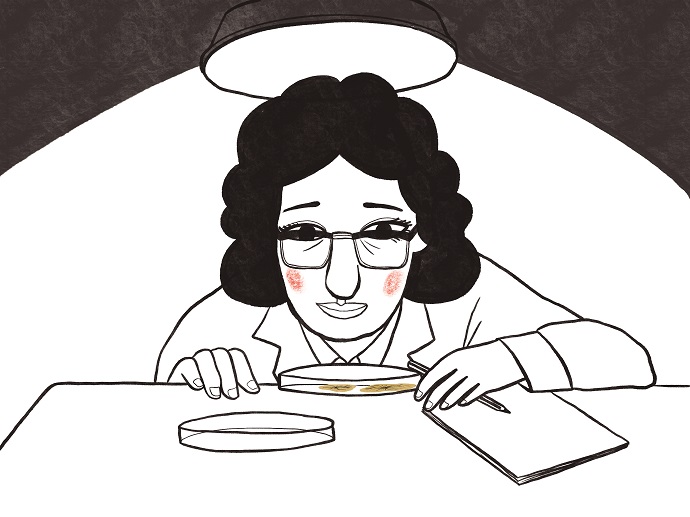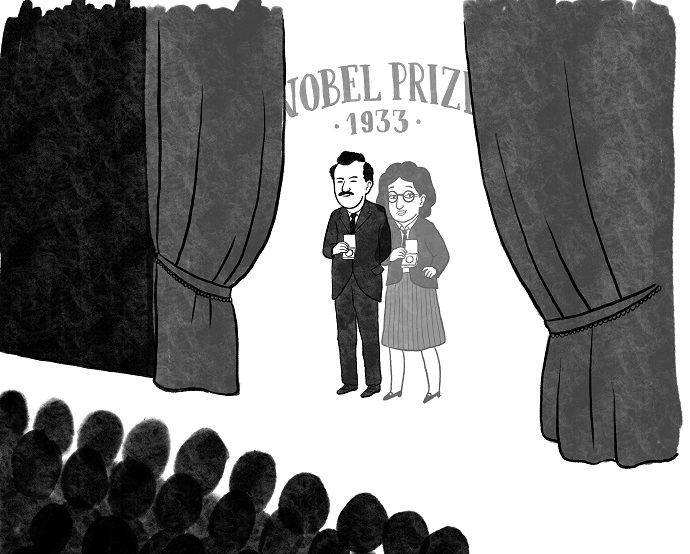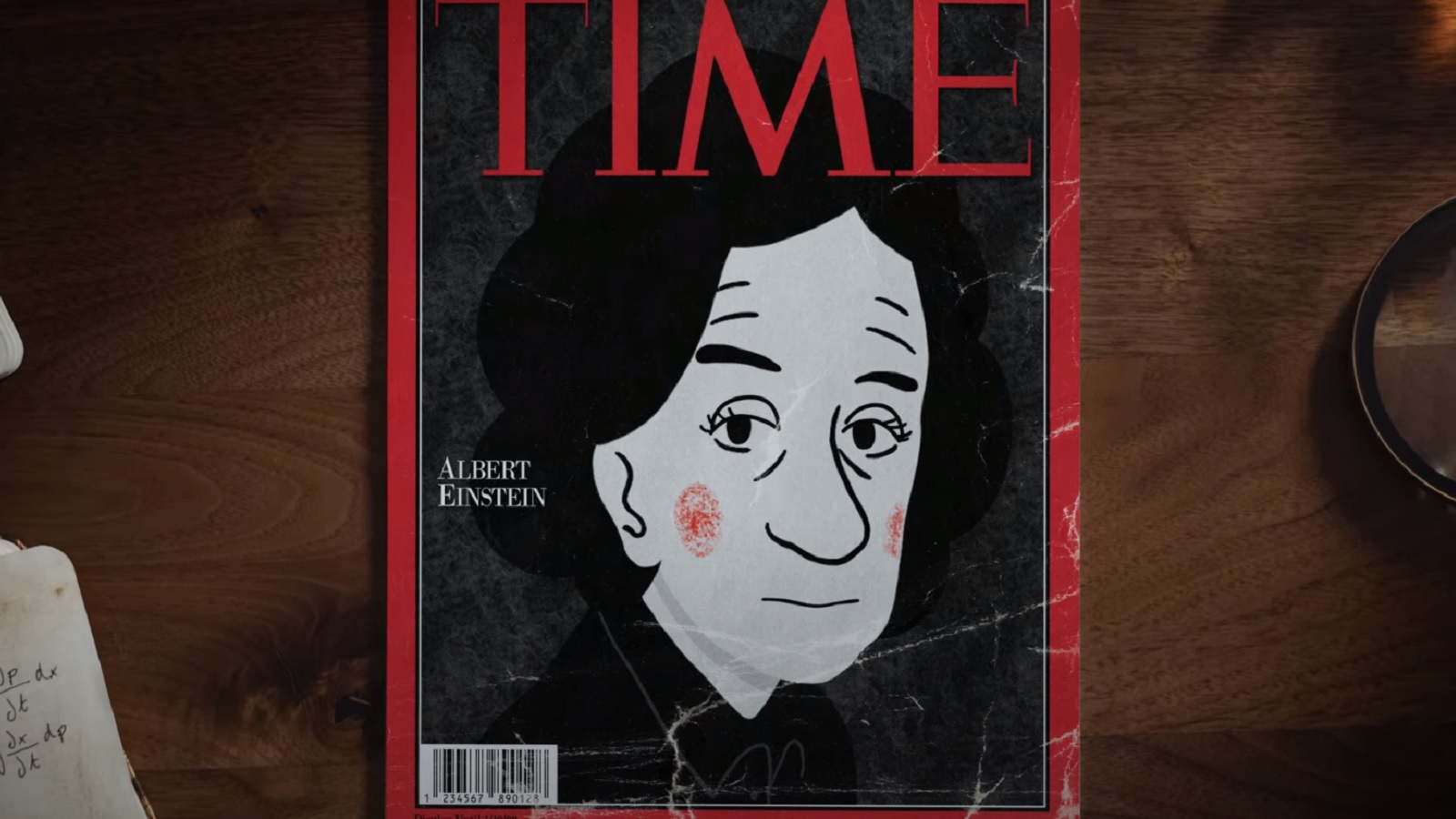Have you ever wondered what it would have been like if Einstein had been born a woman? Would she had been as famous as Einstein the man? The Asociación de Mujeres Investigadoras y Tecnólogas (AMIT; Association of Women Researchers and Technologists) NGO says that if the physicist had been born a woman, her name would hardly sound familiar to us today. And that’s because the merits of her discoveries would have been taken by a fellow male scientist or even by her husband. This phenomenon is called the Matilda effect, coined by Margaret W. Rossier in honor of Matilda Joslyn Gage, a situation that many female scientists have experienced throughout history.
According to UNESCO, less than 30% of the world’s researchers are women. Wanting to explain the low female presence in research, AMIT, which was born to defend the interests and equal rights of Spanish researchers and technologists, decided to nurture girls’ scientific vocation — who, sadly, believe that science is only for men — by denouncing the consequences of the Matilda effect.

Now that you have some information about what this phenomenon means, have you been able to imagine Einstein as a woman? AMIT did it and decided to let people know about her life via its #NoMoreMatildas campaign. During our weekly #ThrowBrandThursday column, we invite you to discover the hypothetical life of Matilda Einstein. The initiative is an idea of Gettingbetter Creative Studio with the collaboration of DOSPASSOS Literary and Kamestudio, with the support of the Office of the European Parliament in Spain.
“At AMIT, we strongly believe that the lack of female role models in science has a negative impact on girls’ career aspirations, contributing to a low feminine representation in STEM degrees at universities,” says the NGO on the campaign’s webpage. Through the initiative and given that female presence in educational materials only reaches 7.6%, the organization wanted to increase the presence of women scientists in school textbooks, so they can become role models for young girls and thus pursue a career in science.

The effect has prevented women scientists from being featured in textbooks. But not anymore: The campaign featured three stories for the classroom, narrating the lives of Einstein, Fleming, and Schrodinger as if they were born girls. Plus, an appendix was designed for fifth-grade textbooks, “updating” them with information about women scientists.
The volumes’ prologues are signed by the writers and journalists Ángeles Caso and Carme Chaparro, and professor of Inorganic Chemestry and President of AMIT-Andalucía Adela Muñoz Páez, with texts by Nöel Lang and illustrations by Rodrigo García Llorca. The stories are not for sale but can be downloaded for free on the campaign webpage. Also, all illustrations and the textbook appendix featuring biographies of women scientists have been provided by Gettingbetter for educational purposes.
Credits:
Client: Asociación de Mujeres Investigadoras y Tecnólogas
Agency: Gettingbetter
Contact with the client: Lucía de la Vega
Strategic Planning: Juan Morales, Lucía de la Vega
General Creative Direction: Noël Lang
Creative Direction: Juan Morales, Pablo Mayoral
Art Direction: Rodrigo García, Fernando Beresaluze
Illustrations: Rodrigo García
Writing and script: Noël Lang
Design team: Nico Wölfl, Laura Vasallo
Creative team: Rubén Gandía, José Guerrero
Account Director: Lucía de la Vega
Account Executive: Ángeles Gómez
PR: Palmira Márquez, Miguel Ayanz
Director: Miguel Esteve
Animation: Pablo Morales
Voiceover: Susana García
Sound: Rubén Climent
Web Development: Gilbert Olcina
